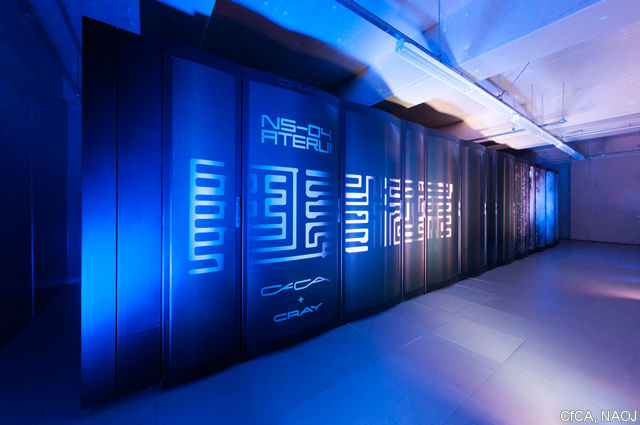Message from the R&D Head
Message from the R&D Head
The Ministry of Education, Culture, Sports, Science and Technology ‘s supercomputer “Fugaku” result creation acceleration program aims to create results using supercomputer “Fugaku” aiming to start sharing in 2021 at an early stage, and 19 issues have been selected. ..
This issue “Simulation for basic science: from fundamental laws of particles to creation of nuclei” was adopted in the Area I Challenges for solving universal problems of mankind or pioneering the future, and research in post-K priority issue 9・By utilizing the experience of application development and organizational management, we aim to create research results promptly by using the computing resources of supercomputer “Fugaku”.
There is a big question that mankind has continued to take on challenges. Why is the natural world we live in like this? Why does the universe exist in this way in the first place? According to the knowledge accumulated in past research, the universe has a basic law that governs everything from a large scale over the whole to the smallest scale that human beings can recognize, and the universe was born according to that basic law, It is believed to have progressed through various processes to the present day. The currently known basic law (standard model of elementary particles) and the model of the universe (Big Bang cosmology) are refined by verification by numerous experiments and observations, and the universe and materials filled with surprise The history of is considered to be largely correct. On the other hand, there are many remaining mysteries such as the asymmetry of matter and antimatter, the process of synthesizing heavy elements, and the reason why the universe was born in the first place.
Through the large-scale simulation, this task aims to contribute to basic scientific research in the fields of elementary particles, atomic nuclei, and the universe, which seeks to elucidate the major laws that govern the universe and the mysteries of the formation of matter. Among the many researches being conducted, we will promote the following six research themes that are expected to produce outstanding results in Japan.
B-Meson Decay: The form factor of B-meson decay, especially B→πℓν decay, is precisely calculated by lattice QCD simulation, and combined with the experimental results, the physical law beyond the elementary particle standard model is restricted.
QCD Phase Structure: The phase structure of 2+1 flavor QCD is established by a simulation that maintains chiral symmetry.
Baryon Forces: Hyperon forces as well as baryon forces with heavier quark degrees of freedom as charm quark will be calculated, which leads to predictions about possible exotic dibaryon states, hypernuclear experiments at J-PARC and heavy ion collision experiments at LHC.
Nuclear Structure and R-Process: A major challenge is to advance the study of nuclear structure to neutron-rich nuclei and to quantitatively understand the r process of heavy element synthesis.
Neutron Star Mergers: By advancing the simulation of neutron star merging and clarifying the properties of the emitted material at the time of merging, it will be linked to gravitational wave observation with a gravitational wave interferometer such as KAGRA and electromagnetic wave observation with an optical telescope.
Creation of Space-Time: Starting from the string theory, which is expected as a theory to explain everything, we will clarify the simulation of the generation and growth of space-time from nothing.
These themes are not only linked to experiments and observations, but they are also closely related to each other in research subjects and calculation methods, and we would like to work together to clarify the mystery from the basic law of elementary particles to the production of elements. thinking about.
